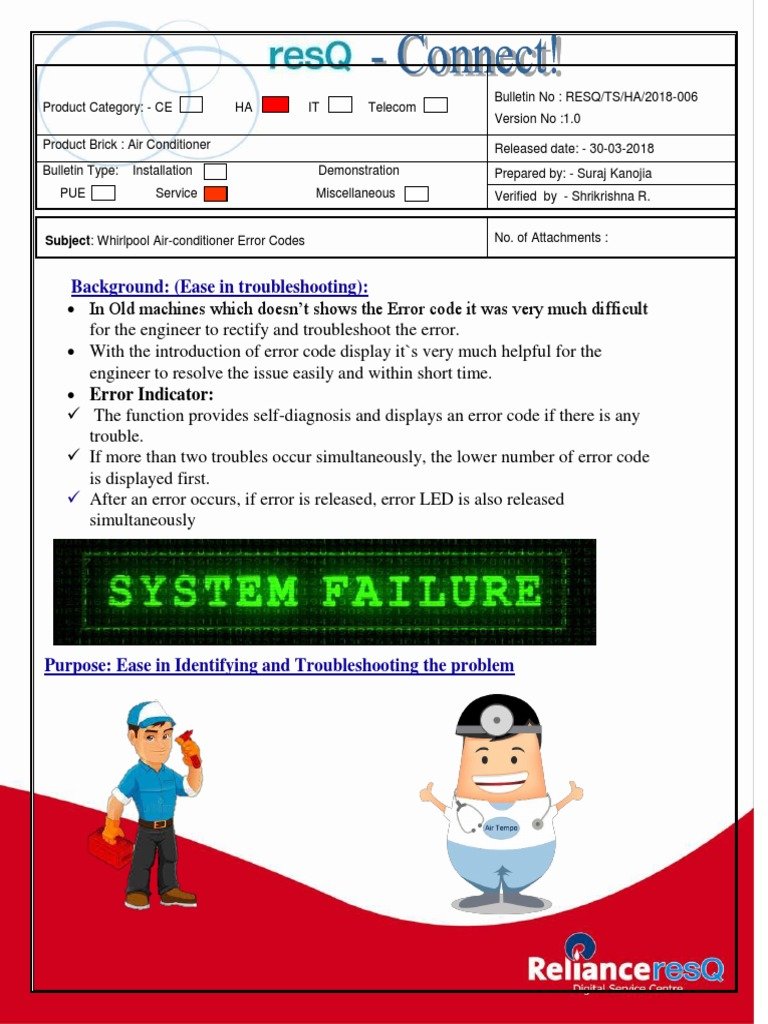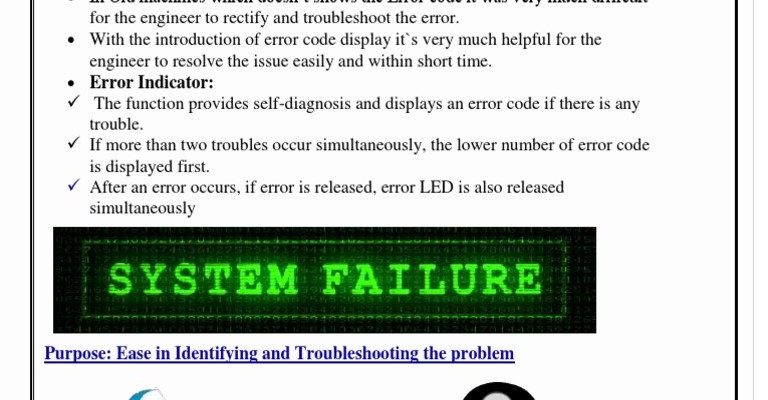
Navigating this issue can be daunting, especially if you’re not technically inclined. You might be wondering, “How do I fix this?” or “What steps can I take to prevent it from happening again?” Not to worry. By understanding a few basic concepts and taking some simple preventative measures, you can keep your Whirlpool refrigerator running smoothly and avoid the F1 error code in the future. Think of it like giving your fridge a little TLC, ensuring it serves you well for years to come.
Understanding the F1 Error Code
To tackle this issue effectively, understanding what the F1 error code actually means is key. The F1 error typically signals a problem with the refrigerator’s temperature sensor, often referred to as the thermistor. This device is responsible for monitoring the internal temperature of your fridge, much like a vigilant guardian. When it’s working properly, your fridge maintains the perfect environment for your perishables, adjusting the cooling mechanism as necessary.
However, when the thermistor fails or malfunctions, it’s akin to driving a car with a faulty speedometer—you’re left guessing at the right conditions. This can lead to temperatures that are too warm for food preservation or too cold, potentially freezing the contents. Hence, addressing this error promptly is crucial to avoid these extremes and keep your groceries safe. Not to mention, a prolonged error could put undue stress on your refrigerator’s compressor, much like overworking a muscle until it’s strained.
An initial step to resolve the F1 error is checking whether the thermistor is properly connected and functioning. Sometimes, the issue might be as simple as a loose wire, which could be quickly resolved. If you’re not comfortable inspecting this yourself, reaching out to an appliance technician could be a wise move. They can delve deeper and ensure that all components are in good order, preventing further complications.
Common Causes of the F1 Error
Why does the F1 error pop up in the first place? This question is crucial because understanding the root causes can help in preventing future occurrences. One of the most common culprits is simply wear and tear. Over time, the thermistor, which continually monitors and sends temperature data to the fridge’s main control board, can degrade or malfunction. Think of it like an old car part that eventually needs replacing after a certain number of miles.
Another cause could be related to electrical issues. Fluctuations in your home’s electrical supply, such as power surges, can affect the functioning of sensitive components like the thermistor. It’s akin to your computer giving you trouble after a sudden power outage—sometimes a simple reset helps, but occasionally, components may get fried.
Furthermore, environmental factors can’t be ignored. If your fridge is located in an area with fluctuating room temperatures, this can influence internal conditions and affect sensor readings. Imagine trying to bake a cake when your oven’s temperature keeps changing unexpectedly. Ensuring your fridge is positioned in a stable environment can mitigate such issues.
Preventing the F1 Error in the Future
Here’s the deal: prevention is better than cure, particularly when it comes to maintaining appliances like your refrigerator. To keep the F1 error code at bay, there are several proactive measures you can take. Routine maintenance is one such measure—it’s like giving your fridge a regular check-up. This involves cleaning dust and debris from the coils, ensuring good airflow, and periodically checking the door seals for any wear or tear, much like checking the tires and oil in your car.
Another essential strategy is protecting your fridge from electrical issues. Using a surge protector is a simple yet effective way to shield it from power fluctuations. Imagine it as a safety net that catches electrical surges before they can harm your appliance’s sensitive innards.
Additionally, considering the placement of your refrigerator can make a world of difference. Place it away from direct sunlight and ensure it’s in a well-ventilated area with a stable ambient temperature. This reduces unnecessary stress on the thermistor and other components, allowing them to function optimally.
By implementing these measures, you’re not only extending the life of your Whirlpool refrigerator but also ensuring it operates efficiently. It’s similar to keeping a plant healthy by providing the right amount of sunlight, water, and nutrients—not too much, and not too little.
Next Steps and Conclusion
Now that you’re armed with knowledge about the F1 error code and ways to prevent it, what’s next? If your fridge is currently displaying an F1 code, don’t delay in addressing it. Either attempt the basic checks yourself if you’re comfortable or reach out to a professional for assistance. After resolving the immediate issue, put those preventive measures into practice to safeguard against future hiccups.
Lastly, don’t underestimate the power of regular maintenance and mindful usage. By treating your refrigerator with care, you ensure it continues to serve your household needs without interruption. Think of it as a partnership—you look after it, and it keeps your food and family happy and healthy. If you follow these guidelines, the F1 error code will likely become a thing of the past, allowing your Whirlpool refrigerator to run smoothly for years to come.
